Upon arrival in Karat, the capital of Konso, you immediately notice the similarity with other Ethiopian cities. However, a more traditional Konso people settled in villages called Paletas, which dot the surrounding hilltops. These hills are carefully selected for their strategic and defensive advantages and are protected by one to six circular walls. It is impressive that some of these walls can reach heights of up to 4 meters and widths of up to 2.5 meters, built using locally sourced rocks.
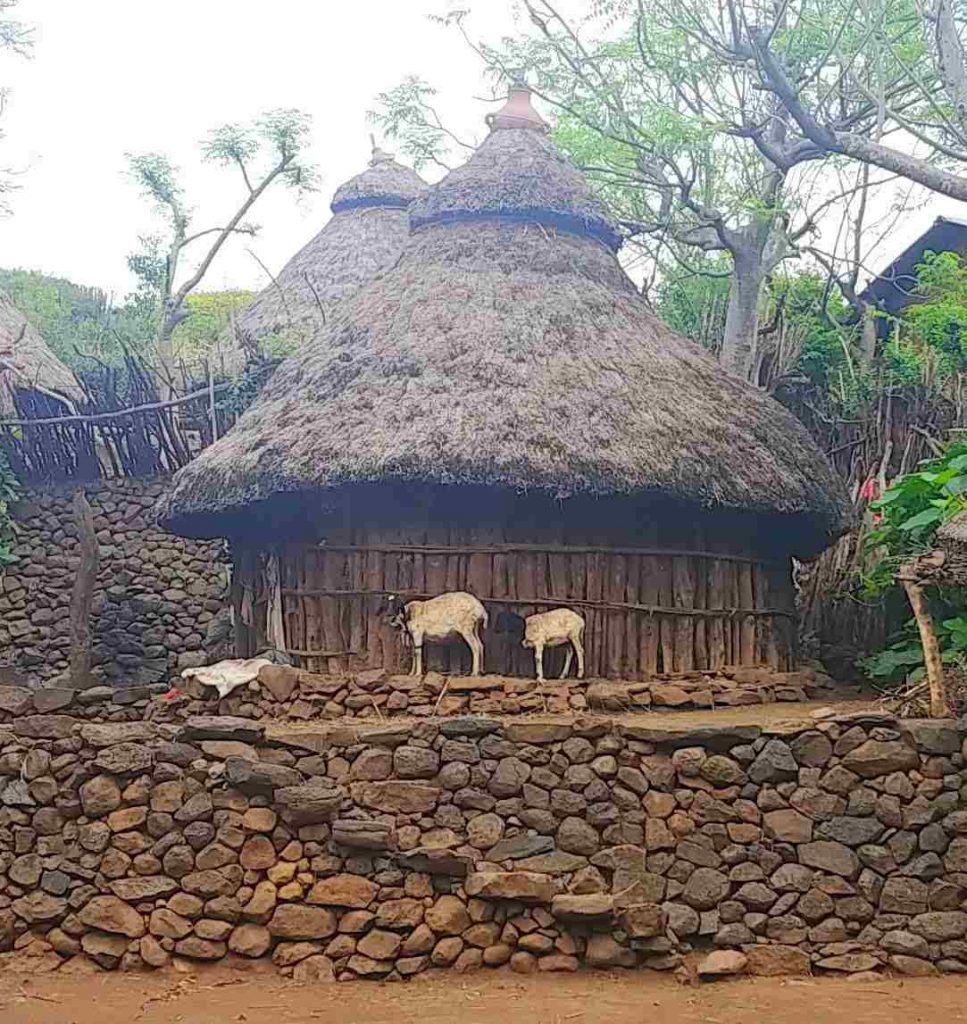
The huts of Konso village are characterized by their compactness and wood and mud construction materials. The Paletas, home to a population of 1,500 to 3,000, have a small-town feel. These settlements typically have no more than three or four entrance gates, which can only be accessed via a limited number of steep paths. The village’s complex road networks pose challenges to navigation, effectively surrounding and capturing anyone who attempts to infiltrate or attack. This defensive measure is implemented primarily to safeguard against the usual cattle raids and military assaults of neighboring tribes. To accommodate the excess population of the main village, additional houses are built outside the fortified villages.
Konso: A UNESCO Heritage Site
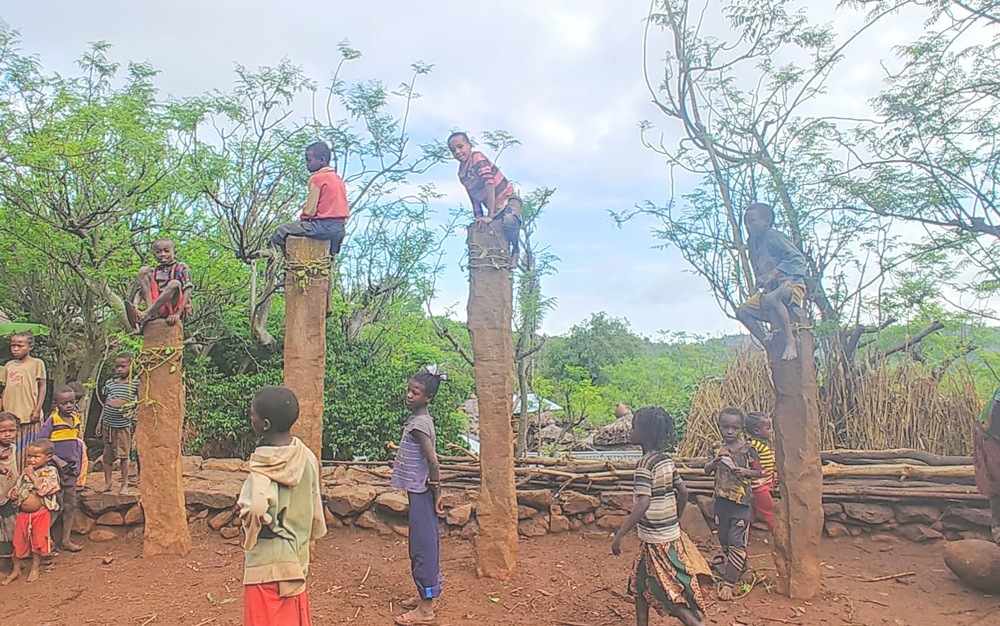
The territory of Konso is located in a semi-arid region characterized by low rainfall. The steep slopes and rocky composition of the soil render the area vulnerable to erosion. Consequently, the Konso people have developed an indigenous Terracing system to safeguard the soil and conserve every precious drop of water. This traditional system has been practiced for over four centuries. As a result of their innovative terracing techniques and the presence of cultural walled towns, the Konso region has been designated as a UNESCO World Heritage Cultural Landscape site.
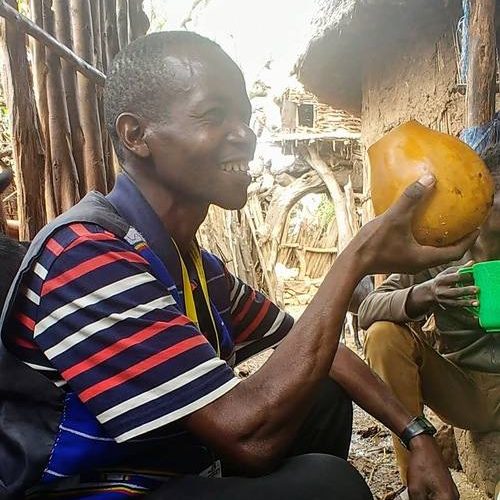
Villages to Vist
There are numerous Konso villages that are highly recommended for a visit. Below, we have compiled a list of some of these villages:
Dekatu: This is the largest traditional town in the area, comprising 21 sub-communities known as Mora. Dekatu is renowned for being home to one of the finest Waga makers.
Mecheke Village: With a history spanning 400 years, Mecheke is one of the oldest walled villages and is the most frequently visited among the traditional villages of Konso. Notably, there are statues of Waga’s that are estimated to be over 150 years old.
Gesergiyo Village: Although smaller in size, this village is famous for its picturesque scenery. The locals often refer to it as “New York” due to the pinnacles sculpted into the landscape, resembling the skyscrapers of the renowned city. It is truly a captivating sight.
Chief Gezahegne Woldu Residence: This residence belongs to the esteemed Spiritual Leader and Traditional Chief of the Kertita clan, Chief Gezahegne Woldu. Situated 7 km from Karat Konso, the house is perched on an isolated hill, surrounded by a sacred Juniper forest.
Mora: Community Gathering Spaces
Each town boasts several community spaces known as Mora. These spaces are characterized by grass-covered Tukulus, which are structures shaped like phallic. The number of Mora’s in a neighborhood varies depending on the size of the village. Some larger villages have up to 17 Mora’s. These areas hold immense significance for the community. It serves as a venue for judicial and conciliatory meetings, recreational activities, public gatherings, and the approval of new regulations and decisions.
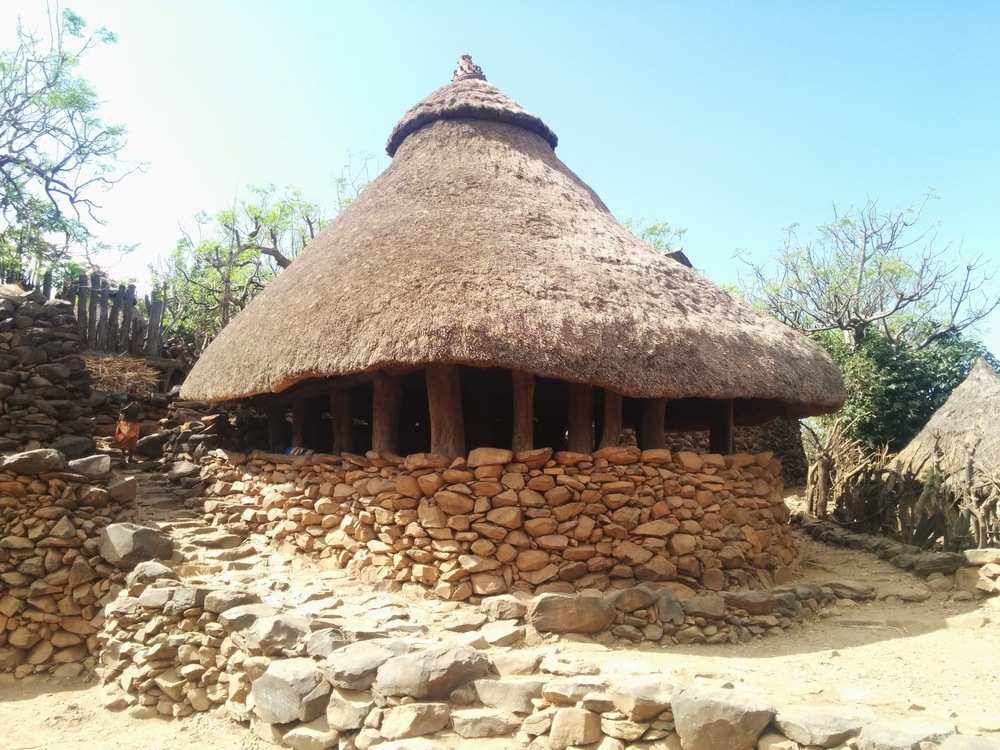
Olahita: – Generation initiation.
The Konso society is a well-structured community with a rich cultural heritage. The Olahita ceremony is a significant event that marks the initiation of a new generation. It is mandatory for all young people between the ages of eight and 25 to participate. The ceremony is held every 18 years in the main square of Mora. It involves the erection of generational poles called Olahita.
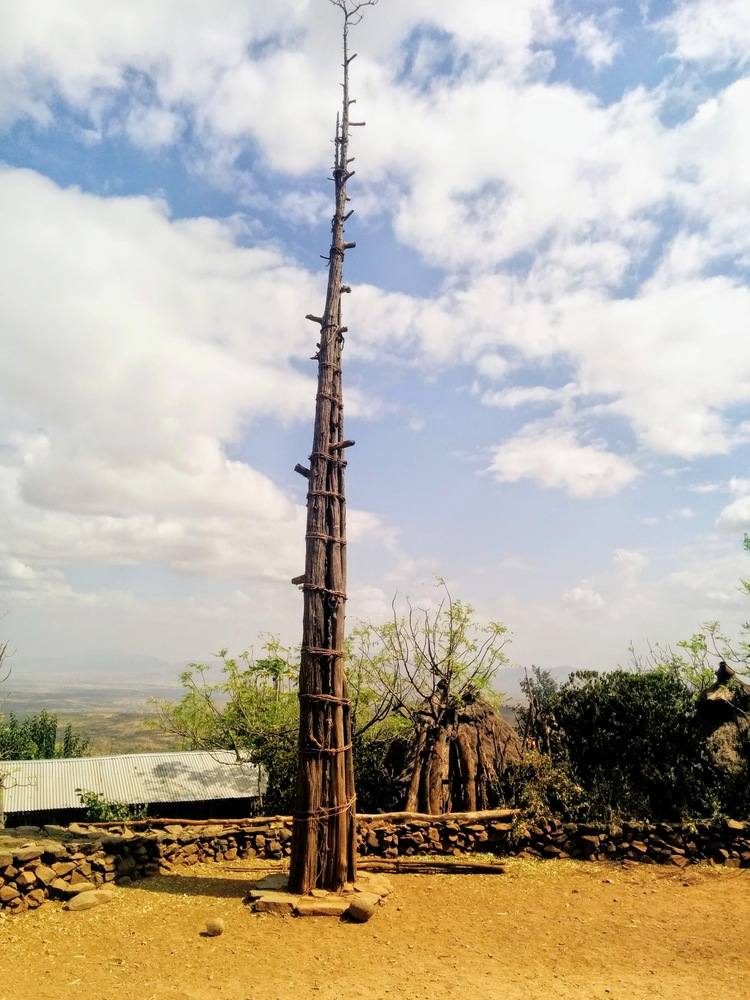
Clans in Konso
The Konso people have nine clans, and belonging to a particular clan is crucial as lineage passes through the father. Sexual relations and marriage between the same clan are prohibited, and marriages are arranged by parents.
Waga: – statues
The Waga or Waka statues are a remarkable feature of the Konso funeral traditions. These statues are erected on the graves of important men or Heroes and are carved from wood. They tell the story of the deceased’s life and achievements. They are surrounded by statues of their Wives, defeated Enemies, and Killed Animals. The Konso people are proud of their culture and traditions, and they uphold them with great reverence.
